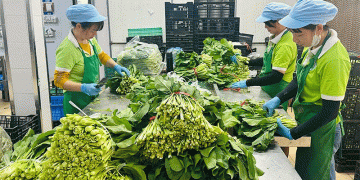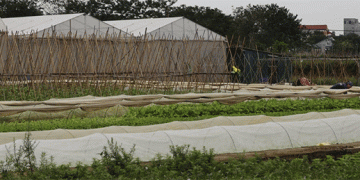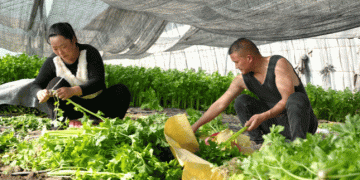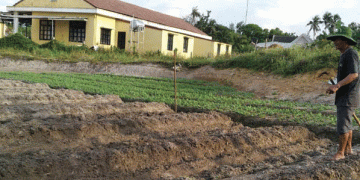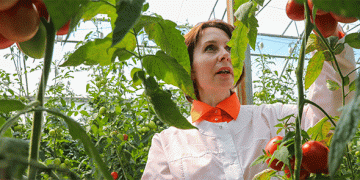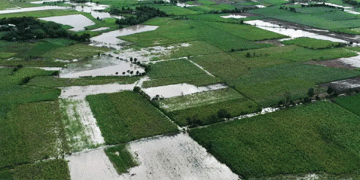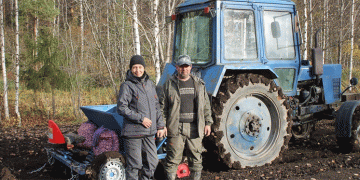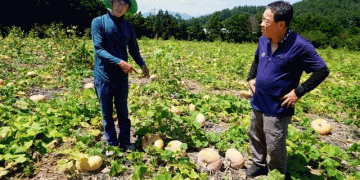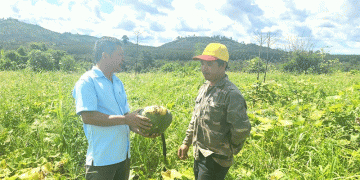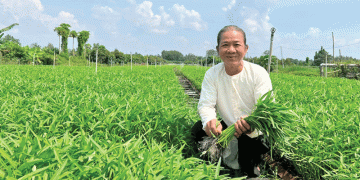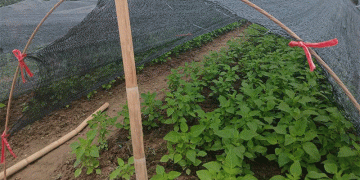In an era where farmers often face diminishing returns, the story of Manpreet Singh from Fatehpur village in Punjab’s Hoshiarpur district serves as a powerful case study in strategic farm business management. Beginning with a mere three acres of ancestral land, Singh has meticulously built an agricultural enterprise generating an annual revenue of nearly Rs 1 crore. His blueprint is not reliant on vast inherited holdings but on a visionary trifecta of diversification, land leasing, and value addition, proving that operational scale can be successfully decoupled from land ownership.
Singh’s model is a masterclass in integrated and sustainable systems. He strategically leases 37 acres, bringing his total operational area to 40 acres, which he allocates with precision:
- 24 acres to sugarcane, including 4 under organic cultivation.
- 12 acres to agroforestry with poplar and eucalyptus.
- The remainder to seasonal pulses, oilseeds, and green manure.
Beyond crops, he runs a piggery unit with 175 pigs, generating Rs 30-40 lakh annually, and a poultry unit yielding daily egg sales. The synergy is key; intercropping potatoes and wheat between sugarcane rows maximizes land productivity, while agroforestry improves soil quality and provides a long-term, high-value asset.
The Profit Power of Value Addition and Data-Driven Efficiency
The most critical lesson from Singh’s success is his escape from the commodity trap. While he sells part of his sugarcane at the government MSP of Rs 400 per quintal, he processes a portion into jaggery and jaggery powder. More strikingly, he sells his organic sugarcane directly to local juice sellers at a premium rate of Rs 1,500 per quintal—a 275% increase over the MSP. This focus on value addition from just four organic acres contributes significantly to his total sugarcane revenue of Rs 40-42 lakh.
His approach aligns with global data on agricultural profitability. A 2024 analysis by the UN’s Food and Agriculture Organization (FAO) emphasizes that diversification and local value addition are among the most effective strategies for small and medium-scale farmers to enhance resilience and income. Furthermore, Singh’s adoption of a rain gun irrigation system, which reduced water use by 70% on six acres, addresses a critical pain point. A recent World Bank report on Indian agriculture highlighted that precision irrigation technologies can not only reduce water consumption by 20-60% but also increase yields by 10-25%, directly impacting the bottom line.
Manpreet Singh’s enterprise is more than an inspiring success story; it is a replicable blueprint for the future of profitable farming. He demonstrates that the core assets for modern agricultural success are not hectares of land, but strategic vision, financial acumen, and a willingness to integrate multiple revenue streams. For farmers, agronomists, and policymakers, the takeaways are clear: the path to resilience and high income lies in moving beyond monocropping, strategically accessing land through leasing, and, most importantly, capturing a greater share of the consumer rupee through on-farm processing and direct marketing. By treating the farm not just as a food production unit but as a diversified, innovative business, farmers can write their own crorepati success stories.















